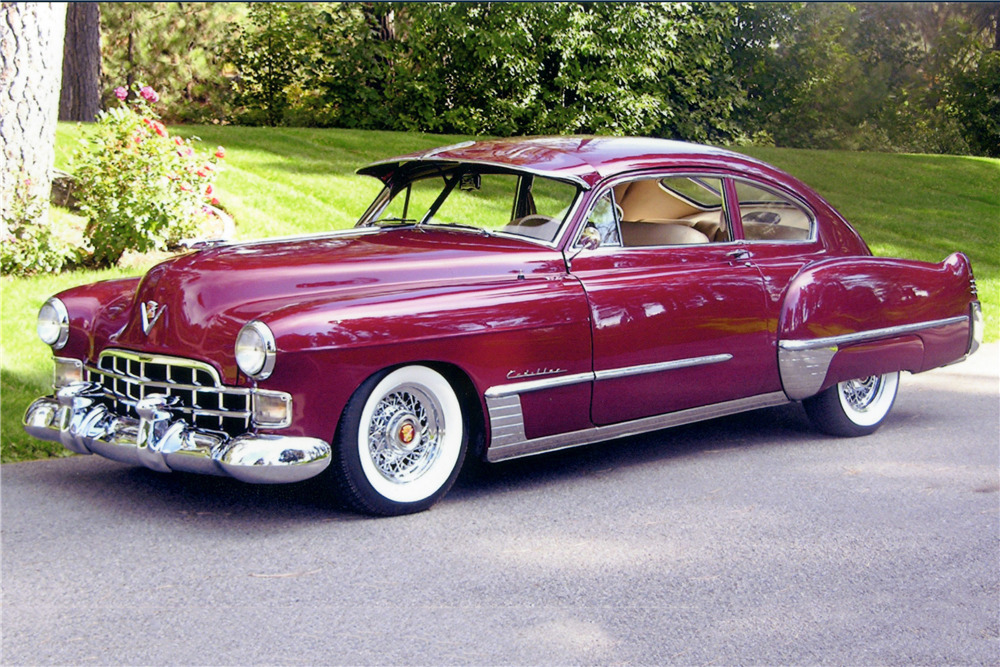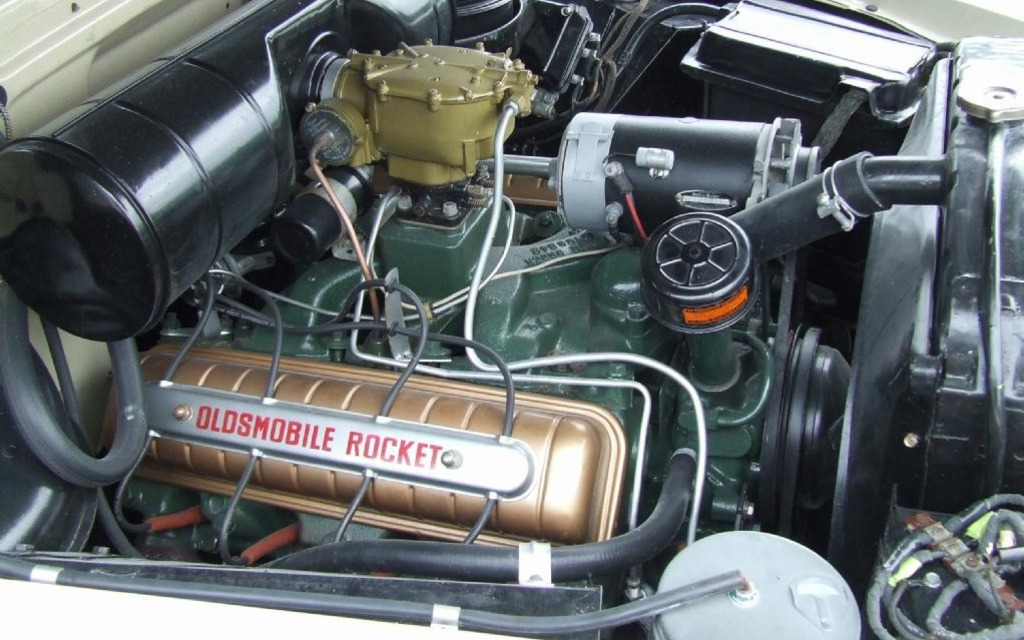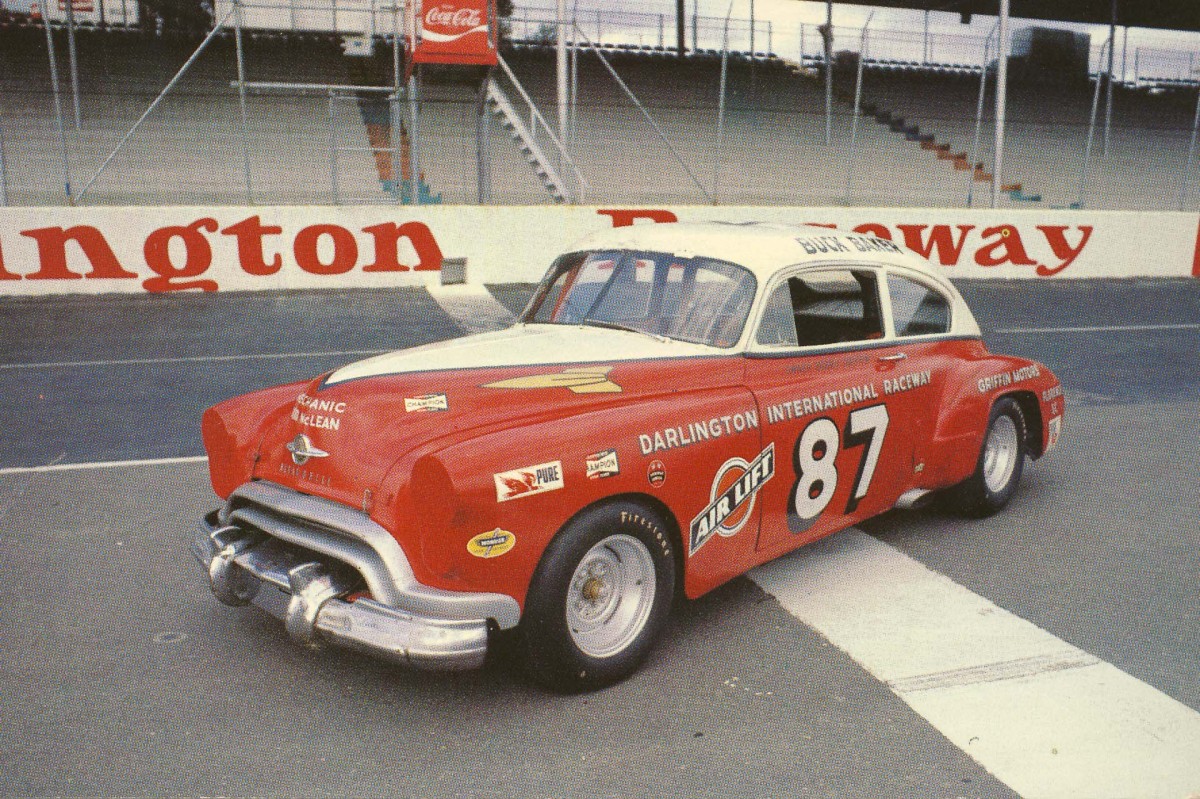It took 17 years for General Motors to come up with an answer to the Ford Flathead V8. Right after WW II, two different brands from GM: Cadillac and Oldsmobile, were developing the next generation of the American V8: The “Over Head Valve” or simply OHV.

In this configuration, the engine valves (intake and exhaust) were placed in the heads, on top of the engine, diverting the heat of the gases away from the engine block, solving the most annoying problem of the Ford Flathead: overheating.
The OHV head provides a much better intake/exhaust flow, allowing a higher compression ratio. With a higher heat exchange and efficiency, General Motors could pack more power in a physically smaller unit. The new V8 also has the crankshaft held by 5 main bearing, making the engine extremely reliable.

Cadillac was heavily lobbying to be the only one to have access to the new engine, they even asked the top GM CEOs to shut down the Oldsmobile program. Obviously, the big guys refused Cadillac’s request and gave the green light for both brands to keep their development programs. GM wanted to see the new engine powering not only the luxury Cadillac cars but also the more affordable Oldsmobile; after all, Ford made millions of dollars selling V8s to the blue-collar customers so, why not do the same?

In a time dominated by the “space race” between the USA and The Soviet Union, Oldsmobile wisely named its new engine “Rocket” and after a while, the name became so popular and so attached to the brand that in 1960 Oldsmobile adopted it as its official logo.

The new age of Hot Rod.

In 1949, Oldsmobile finally unveiled the much-anticipated Model “98” equipped with the new 287 CID, OHV “Rocket” engine, pumping out 135HP. Releasing the new engine in the “98” was a predictable move, after all, the car was the top of Oldsmobile line up but the company had something more interesting up its sleeve: a couple of months later Olds delivered to the dealerships a winner recipe: They put a spiced up 160 HP, 303 CID (5.0 Litter) “Rocket” V8 into the new Model “88” which was smaller and lighter (and also more affordable) than the Model “98”. The new car immediately caught the attention of the younger buyers and quickly became a smashing hit.


The “Rocket” engine, with 160HP was already a phenomenal improvement when compared to the 125HP from the latest versions of the Ford Flathead, but there was something else that the race teams quickly learned: the new engine had lots of room for improvement, a mild prepared “Rocket” could easily reach 300HP and still be considered reliable.

Racers all over the USA started adopting the 88 model and the results came quickly: in 1949, the Rocket 88 won five of the Grand National races in the NASCAR championship. In 195I, the “88” won the first edition of “La Carrera Panamericana”, leaving Porches and Mercedes behind.
The first Rock’n Roll song.

The majority of the music researchers agree that the first Rock’n Roll song ever recorded was the 1951 single “Rocket 88” written by Ike Turner and sung by Jackie Brenston. For the first time in history, all the key ingredients that characterize the traditional Rock’n Roll were put together in one song, and yes, you guessed it, it talks about the wonders of the Oldsmobile Rocket 88. That is a good example of how popular the car was among the youngsters.
The Oldsmobile 88/98 became a huge success and for a while the brand became the number one name in performance, but GM had plans to make its V8 even more popular. In the next post of this series, I will talk about the Chevrolet Small Block V8.

Great article! I really enjoyed reading it and learned a lot.
LikeLiked by 1 person
I paid 498.00 dollars for a 50 Olds in 1957. it all the bells & wissels. it was coustamised, lot of lead work,loved it!
LikeLike
I paid 498.00 dollars for a 50 Olds in 1957. it all the bells & wissels. it was coustamised, lot of lead work,loved it!
LikeLiked by 1 person